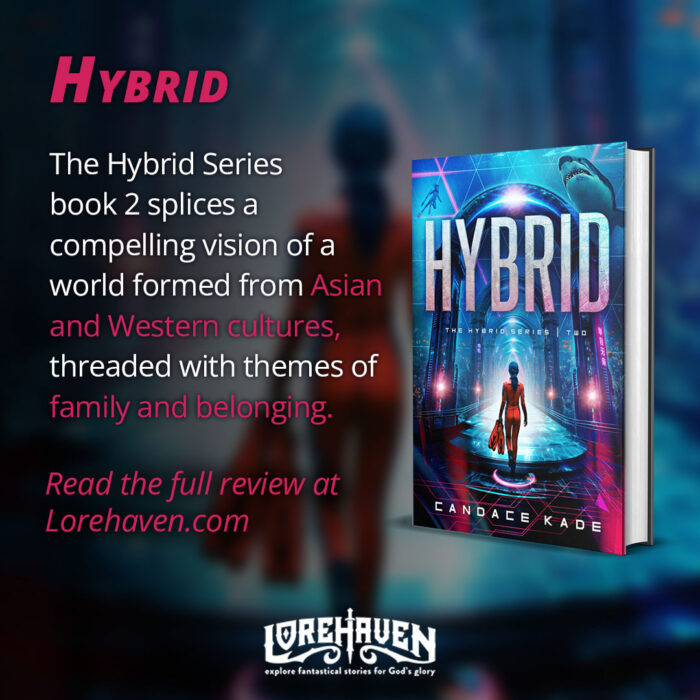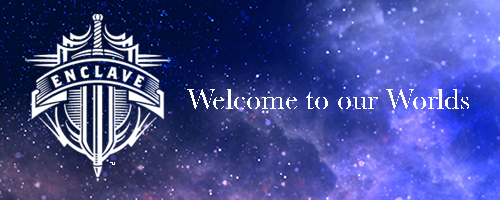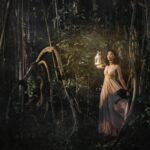Why ‘The Wild Swans’ Has Captivated Me Since Childhood
Welcome to the first installment of a new series called Matters of Myth.
On the first Thursday of each month, I’ll share one of my favorite myths, fairy tales, and fantasy stories with you so we can explore its themes, messages, and impact together. These stories may be longstanding favorites or newly discovered treasures, ancient legends or recent creations.
For our first story, we’ll look at a fairy tale that I have loved since I was in elementary school and first saw an animated adaptation: “The Wild Swans.”1
The story of ‘The Wild Swans’
Hans Christian Andersen wrote “The Wild Swans.” However, we also find variations in the Brothers Grimm and other fairy tale traditions. (“The Six Swans” is the closest to Andersen’s version.)
“The Wild Swans” focuses on Elisa, a princess whose father unknowingly marries a wicked witch. After the wedding, the witchy stepmother transforms Elisa’s brothers into swans.2 The stepmother fails to curse Elisa, and instead has her exiled. Later, a good fairy tells Elisa how required to break the curse on her brothers. Elisa must gather nettles and knit them into jackets for her brothers. To add trial to difficulty, once Elisa begins her task, she may not speak, no matter what. If she does, her brothers will die.
As times passes and Elisa works hard, a neighboring prince wanders by and falls in love with Elisa. He carries her to his kingdom and sets her up in the castle. Eventually he proposes marriage, and she accepts, even while remaining silent to protect her brothers. Unfortunately the Archbishop (or the prince’s mother in the Grimm version) suspects Elisa of being a witch. His suspicion looks credible when she is caught sneaking into a graveyard to gather more nettles one night. Elisa is condemned to burn at the stake, but she never gives up her knitting, hoping to still save her brothers before she dies.
As Elisa is being led to the stake, the swans—her brothers—descend to rescue her, and she throws the jackets over them. Her brothers are restored—except for one brother’s arm which remains a wing due to Elisa not having time to finish the last sleeve! Elisa and the king are married.
How we learn agape love from ‘The Wild Swans’
This classic fairy tale emphasizes Elisa’s self-sacrificing love for her brothers, as she endures the pain of gathering and knitting the nettles and the threat of her own excruciating demise. This aspect of the tale has captured my imagination for so many years. Elisa’s devotion to her quest is greater than many fairy tale protagonists, who often balk at the trials they confront. Her love for her brothers approaches the Christian ideal of charity, the agape love that considers the good of the beloved over the self.3 From the story, we learn that love for others is a redemptive, holy thing we must fight for regardless of the world’s (perhaps willful) misunderstanding of that love.
Elisa is also an active heroine, although given her silence through most of the story, we might think otherwise. She maintains her silence willingly in the face of death and never stops working toward her goals. Elisa offers a strong contrast to princesses who spend most of their stories waiting for a prince to do the hard work.
The fairy tale’s cultural legacy
“The Wild Swans” isn’t what we might call an A-list fairy tale. As such, Disney hasn’t adapted it into an animated film. It doesn’t have the retelling catalog of greater hits like, say, “Beauty and the Beast.”
However, “The Wild Swans” has made an impression on the wider world. The animated adaptation I saw as a child is one of three versions, which also include a feature-length Russian film from the 1960s. Novelists have written retellings and sequels. They’ve ranged from middle-grade offerings like Rafe Martin’s Birdwing, about the brother whose arm remains a wing, to decidedly adult retellings like Juliet Marillier’s Daughter of the Forest, which sets the tale in an historic Celtic world.4
Because this is one of my favorite tales, it’s likely no surprise that I’ve planned two retellings of my own: I’m writing one now that serves as a sequel to my novella Paper and Thorns, and another that stands alone and combines the original “Wild Swans” with several other favorites like “Beauty and the Beast.” I look forward to sharing those stories with you when they come to completion.
Are you familiar with this tale or other retellings of it? What do you love (or hate) about it? If there’s a myth, fairy tale, or fantasy story you’d like me to feature in a future article, let me know below.
- That animated version was produced by Toei Animation, a Japanese animation firm, and can be viewed here. ↩
- Andersen’s version has eleven brothers, but each version has its own number and type of bird. ↩
- In light of this, it is interesting that Andersen’s tale sets Elisa against the Archbishop, who deals in suspicion and rumor rather than truth. I see the appeal of the Grimm version, which mirrors Elisa’s wicked stepmother with a wicked mother-in-law. She plots Elisa’s demise out of snobbery or jealousy like the ogress mother-in-law in Perrault’s “Sleeping Beauty.” ↩
- This novel also explores some of the dangers of a young woman sworn to silence living alone in the wilderness, including the narrator’s sexual assault at the hands of ruffians. The scene is brutal despite its brevity and can take some readers unawares. This story also features a dualistic morality wherein good and evil are literally presented as “two sides of the same coin,” although the story itself fails to uphold that philosophy to the end. ↩











































Well done sir!
Great article! Wild Swans was always a favorite of mine too, I think I had a lovely big storybook about the tale. Yes, Anderson had several tales about self sacrificing, agape love…the original Little Mermaid, for example. I always thought the ending to that was so sweet, that she couldn’t bear to kill her prince even to save her own life, and was rewarded by becoming a Spirit of the Air and not sea foam…and the Snow Queen, how dear Gerda struggled through such hardships to save her friend Kai, even though he didn’t care about her anymore…the Disney versions were…um…different, haha.
Can’t wait to see more articles along this vein!
Did you ever watch any of the TV show Faerie Tale Theatre, created by Shelley Duvall? It was on back in the 80s and had some marvelous adaptations of classic fairy tales!